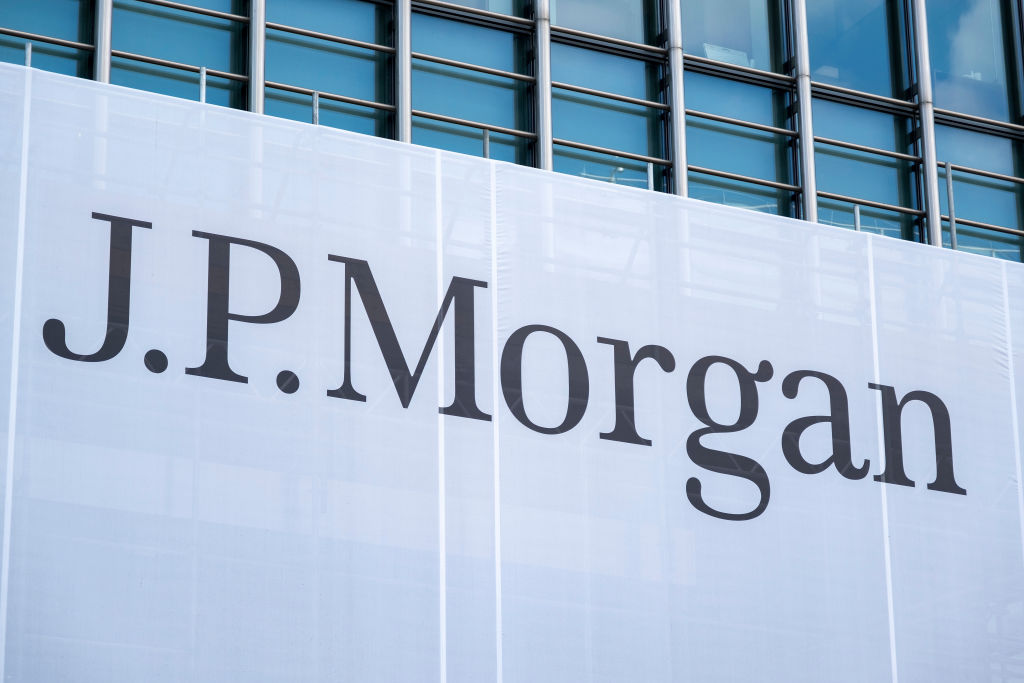How This JPMorgan Factor Fund Keeps Up With the Broad Market
The JPMorgan U.S. Quality Factor ETF picks stocks based on profitability criteria and boasts a similar return as the S&P 500 but with less volatility.


Factor funds can be tricky. These funds, which aim to capitalize on certain market attributes or themes, don't always seem to work if the market moves too quickly.
But we've noticed something about the JPMorgan U.S. Quality Factor (JQUA) fund, a member of the Kiplinger ETF 20, our favorite cheap ETFs you can buy. The exchange-traded fund has kept pace with the S&P 500 index over most time frames, and it has been a smidge less volatile. Over the past five years, the fund's 13.3% annualized return eked past the 13.2% gain in iShares Core S&P 500 (SPY), an S&P 500 index ETF, with less volatility.
What's the difference between the two funds? The iShares ETF holds all of the large-company stocks in the S&P 500, which are picked by a committee at S&P Dow Jones Indices. The selection process favors companies that meet certain criteria, such as company size, positive earnings and a sufficient percentage of shares available for public trading.
From just $107.88 $24.99 for Kiplinger Personal Finance
Become a smarter, better informed investor. Subscribe from just $107.88 $24.99, plus get up to 4 Special Issues

Sign up for Kiplinger’s Free Newsletters
Profit and prosper with the best of expert advice on investing, taxes, retirement, personal finance and more - straight to your e-mail.
Profit and prosper with the best of expert advice - straight to your e-mail.
But JPMorgan U.S. Quality Factor ETF holds just 250-odd stocks and starts with a broader index, the Russell 1000, which means more midsize firms are in the mix. Companies in the Quality Factor fund have an average market value of $112 billion, according to financial data firm Morningstar. (By contrast, stocks in the Core S&P 500 ETF have an average market value more than double that, $278 billion.)
Finally, companies in the Quality Factor ETF must pass muster for a variety of profitability criteria (such as return on equity), solvency (such as cash flow relative to debt) and earnings quality (such as the ratio of a firm's balance sheet to its average total assets over the past year).
Despite their differences, the two funds share similar top-10 holdings, including some of the usual suspects: Meta Platforms (META), Alphabet (GOOGL), Nvidia (NVDA) and Microsoft (MSFT). But about one-third of the holdings in U.S. Quality Factor ETF aren't in the S&P 500 index. Some of those stocks, including home goods retailer Williams-Sonoma (WSM) and cybersecurity software maker CrowdStrike Holdings (CRWD), have more than doubled in price over the past 12 months.
Note: This item first appeared in Kiplinger Personal Finance Magazine, a monthly, trustworthy source of advice and guidance. Subscribe to help you make more money and keep more of the money you make here.
Related content
Profit and prosper with the best of Kiplinger's advice on investing, taxes, retirement, personal finance and much more. Delivered daily. Enter your email in the box and click Sign Me Up.

Nellie joined Kiplinger in August 2011 after a seven-year stint in Hong Kong. There, she worked for the Wall Street Journal Asia, where as lifestyle editor, she launched and edited Scene Asia, an online guide to food, wine, entertainment and the arts in Asia. Prior to that, she was an editor at Weekend Journal, the Friday lifestyle section of the Wall Street Journal Asia. Kiplinger isn't Nellie's first foray into personal finance: She has also worked at SmartMoney (rising from fact-checker to senior writer), and she was a senior editor at Money.
-
 Stocks Chop as the Unemployment Rate Jumps: Stock Market Today
Stocks Chop as the Unemployment Rate Jumps: Stock Market TodayNovember job growth was stronger than expected, but sharp losses in October and a rising unemployment rate are worrying market participants.
-
 Should You Renew Your CD?
Should You Renew Your CD?With rate cuts impacting earnings, we examine if now is a wise time to renew CDs.
-
 7 Ways to Plan Now to Save on Medicare IRMAA Surcharges Later
7 Ways to Plan Now to Save on Medicare IRMAA Surcharges LaterUnderstand the critical two-year lookback period and why aggressive planning before you enroll in Medicare is the most effective way to minimize IRMAA.
-
 Stocks Chop as the Unemployment Rate Jumps: Stock Market Today
Stocks Chop as the Unemployment Rate Jumps: Stock Market TodayNovember job growth was stronger than expected, but sharp losses in October and a rising unemployment rate are worrying market participants.
-
 The Delayed November Jobs Report Is Out. Here's What It Means for the Fed and Rate Cuts
The Delayed November Jobs Report Is Out. Here's What It Means for the Fed and Rate CutsThe November jobs report came in higher than expected, although it still shows plenty of signs of weakness in the labor market.
-
 Your Year-End Tax and Estate Planning Review Just Got Urgent
Your Year-End Tax and Estate Planning Review Just Got UrgentChanging tax rules and falling interest rates mean financial planning is more important than ever as 2025 ends. There's still time to make these five key moves.
-
 What Makes This Business So Successful? We Find Out From the Founder's Kids
What Makes This Business So Successful? We Find Out From the Founder's KidsThe children of Morgan Clayton share how their father's wisdom, life experience and caring nature have turned their family business into a respected powerhouse.
-
 Stocks Struggle Ahead of November Jobs Report: Stock Market Today
Stocks Struggle Ahead of November Jobs Report: Stock Market TodayOracle and Broadcom continued to fall, while market participants looked ahead to Tuesday's jobs report.
-
 Past Performance Is Not Indicative of Your Financial Adviser's Expertise
Past Performance Is Not Indicative of Your Financial Adviser's ExpertiseMany people find a financial adviser by searching online or asking for referrals from friends or family. This can actually end up costing you big-time.
-
 I'm a Financial Planner: If You're Not Doing Roth Conversions, You Need to Read This
I'm a Financial Planner: If You're Not Doing Roth Conversions, You Need to Read ThisRoth conversions and other Roth strategies can be complex, but don't dismiss these tax planning tools outright. They could really work for you and your heirs.
-
 Could Traditional Retirement Expectations Be Killing Us? A Retirement Psychologist Makes the Case
Could Traditional Retirement Expectations Be Killing Us? A Retirement Psychologist Makes the CaseA retirement psychologist makes the case: A fulfilling retirement begins with a blueprint for living, rather than simply the accumulation of a large nest egg.